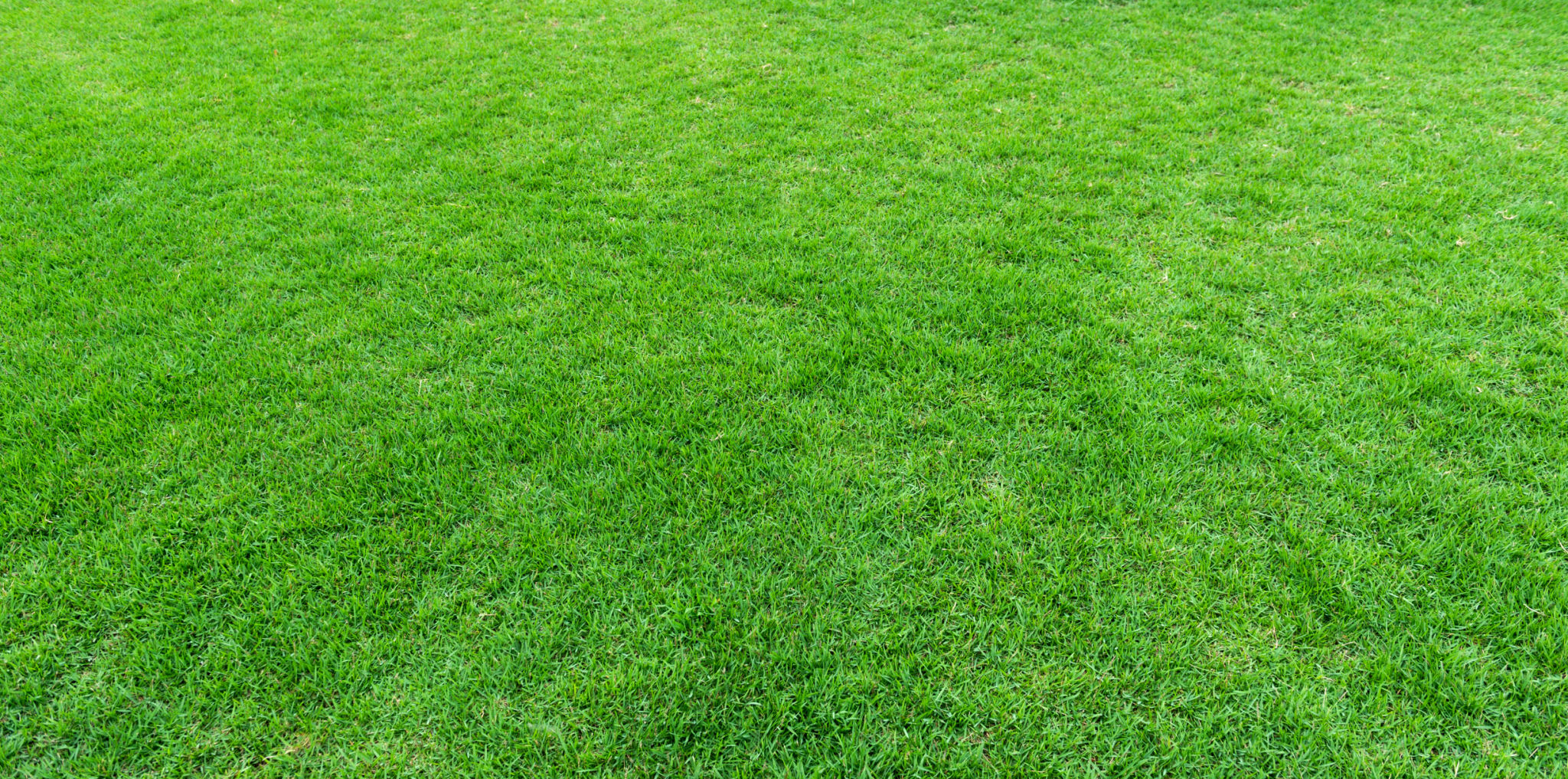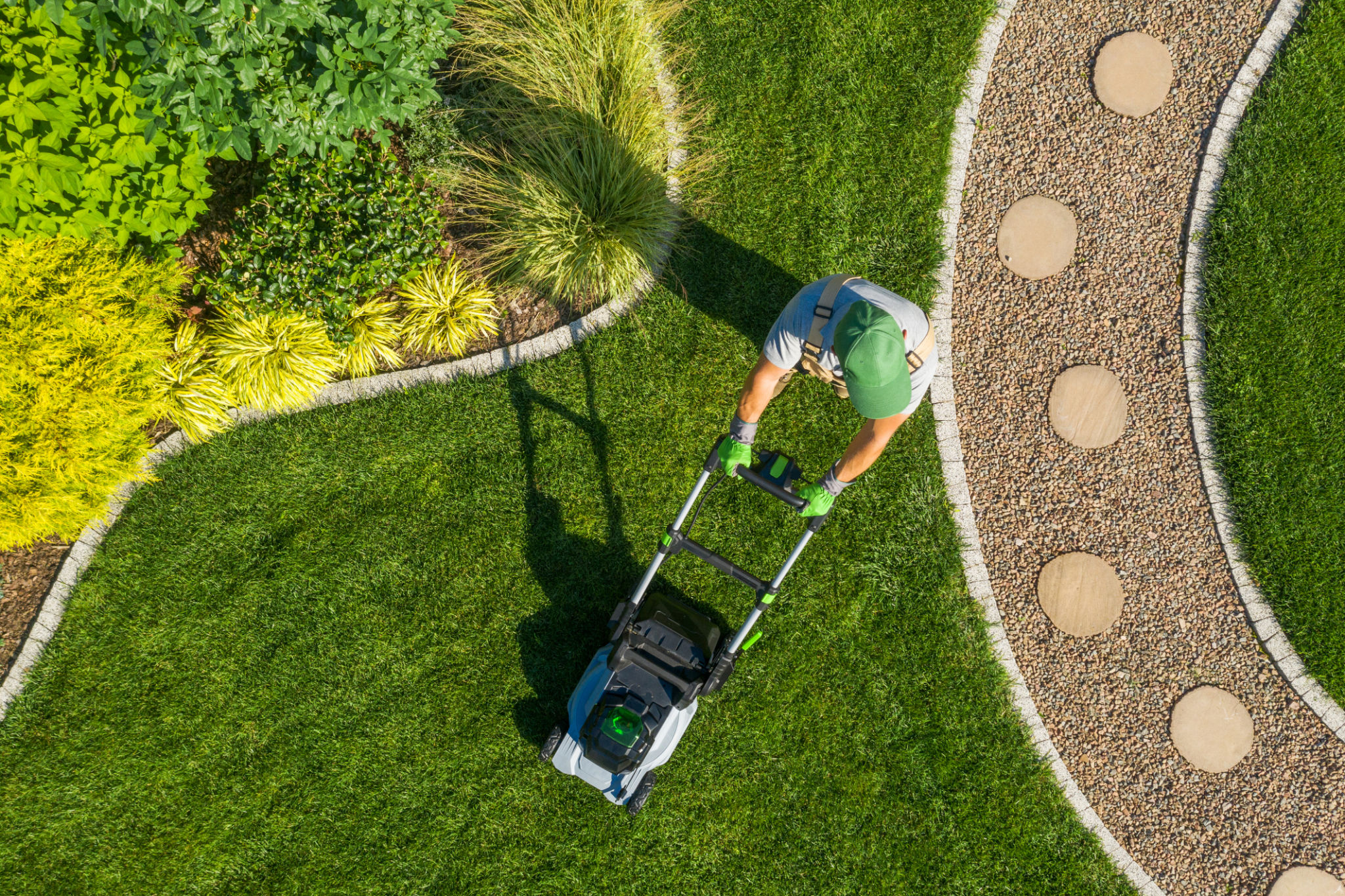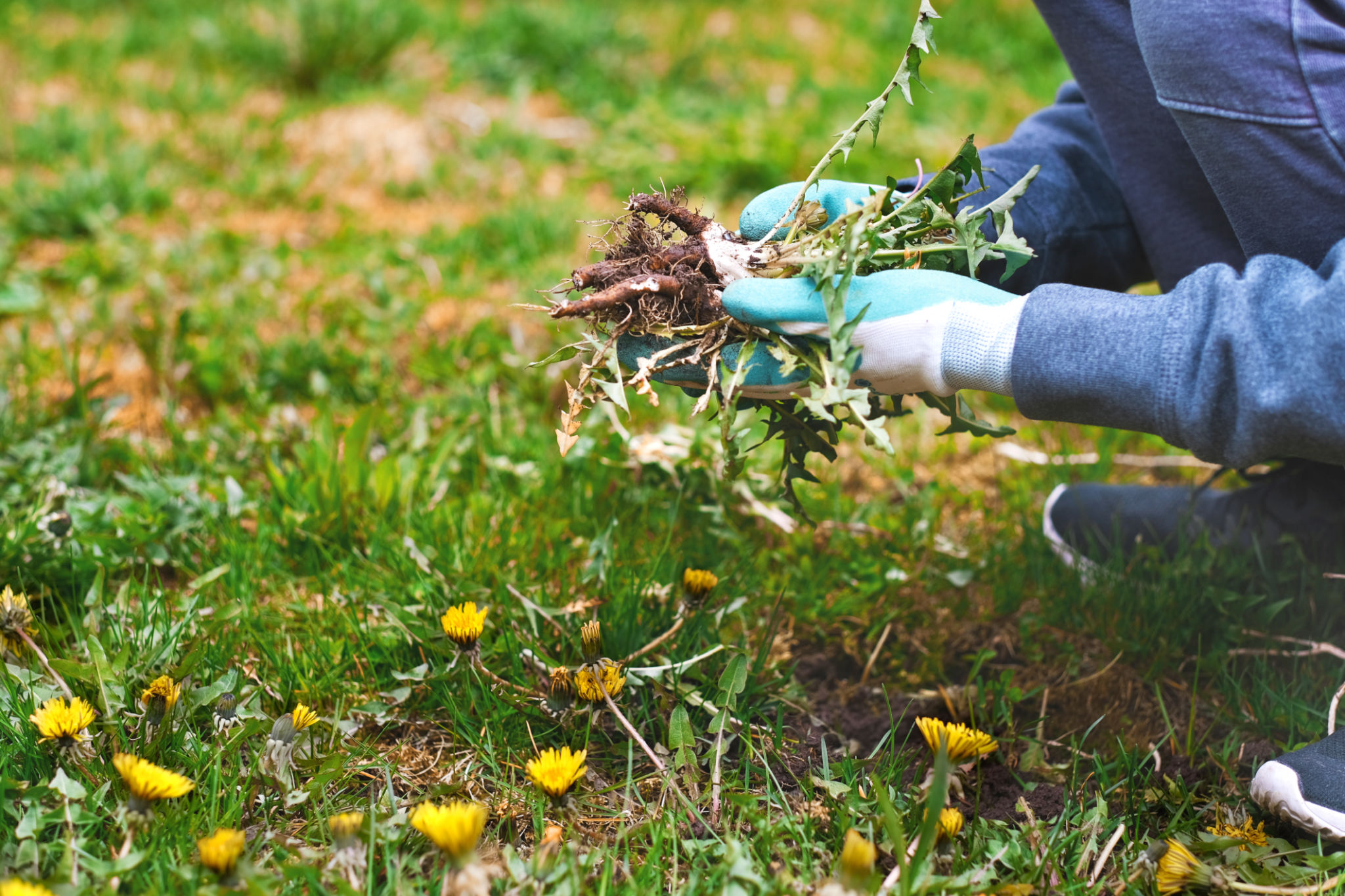DIY Lawn Care: Simple Tips for Homeowners in Essex County
Getting Started with DIY Lawn Care
Maintaining a lush, green lawn can be a rewarding project for any homeowner in Essex County. With the right knowledge and a little elbow grease, you can keep your lawn looking its best without breaking the bank. In this guide, we’ll cover some simple tips to help you achieve a healthy and vibrant lawn.
Before diving into lawn care, it's essential to understand your soil type and the grass species that thrive in your climate. Conducting a soil test can provide you with valuable insights into what nutrients your lawn may be lacking. Armed with this information, you can choose the right fertilizers and amendments to promote optimal growth.

Essential Lawn Care Tools
Having the right tools can make all the difference in your DIY lawn care efforts. A good quality lawn mower is crucial for maintaining a well-manicured appearance. Consider a mower with adjustable blade heights to cater to different grass types. Additionally, a sturdy rake, a reliable hose, and a spreader for seed and fertilizer are must-haves for any lawn care enthusiast.
Investing in a soil aerator can also be beneficial. Aeration helps to alleviate compacted soil, allowing air, water, and nutrients to reach the roots more effectively. This process is particularly important in high-traffic areas of your lawn.

Mowing Techniques for a Healthy Lawn
Proper mowing techniques are fundamental to maintaining a healthy lawn. Aim to cut no more than one-third of the grass's height at any one time to avoid stressing the plants. During peak growing seasons, mow more frequently to keep up with the rapid growth.
Varying your mowing patterns can prevent soil compaction and help grass grow straighter. Remember to keep your mower blades sharp for a clean cut, which reduces the risk of disease and pest infestations.

Watering Wisely
Watering is another critical aspect of lawn care. It’s best to water deeply but infrequently to encourage deep root growth. Early morning is the ideal time to water your lawn as it reduces evaporation and allows the grass to dry out during the day, minimizing disease risk.
If you're unsure about when to water, monitor your lawn for signs of drought stress, such as wilting or a dull green color. As a general rule, lawns need about an inch of water per week, including rainfall.
Nourishing Your Lawn
Fertilizing is key to providing your lawn with the nutrients it needs to flourish. Choose a fertilizer that suits your lawn's specific requirements based on your soil test results. Timing is also crucial; fertilize in early spring and fall when grass is most active.
Organic fertilizers are an excellent choice for environmentally conscious homeowners. They release nutrients slowly and improve soil health over time. Be cautious not to over-fertilize, as this can lead to nutrient runoff and environmental harm.

Dealing with Weeds and Pests
A healthy lawn is your best defense against weeds and pests. Regular mowing, watering, and fertilizing will help keep these common nuisances at bay. However, if weeds do become a problem, spot-treat them with an appropriate herbicide rather than applying chemicals across your entire lawn.
For pests, consider using natural solutions like neem oil or introducing beneficial insects such as ladybugs to control outbreaks without harming your ecosystem.

Seasonal Lawn Care Tasks
Lawn care tasks can vary throughout the year. In spring, focus on aeration, overseeding, and applying pre-emergent herbicides. Summer requires consistent mowing and watering practices, while fall is ideal for fertilizing and preparing your lawn for winter dormancy.
Winterizing your lawn involves clearing debris, cutting grass shorter, and applying a winter fertilizer if needed. These steps will set your lawn up for success when the growing season returns.

